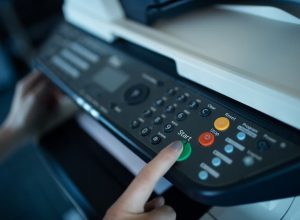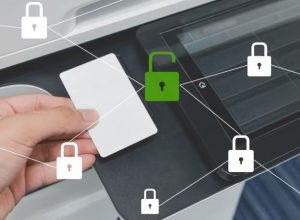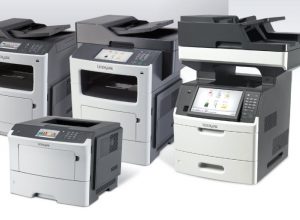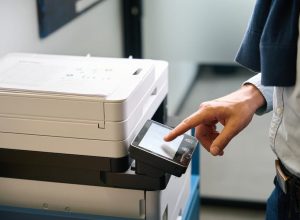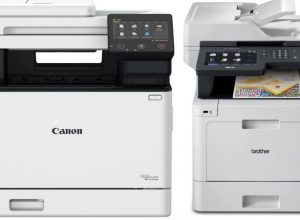Contents
The Future of MFPs: AI Features and Smart Office Integration
Multifunction printers (MFPs) have transformed the way offices manage their printing, scanning, copying, and faxing needs. As technology advances, the capabilities of MFPs are evolving, paving the way for innovative features that integrate artificial intelligence (AI) and connect seamlessly within a smart office environment. This article explores the future of MFPs, focusing on their AI features and the integration into smart office setups.
AI Features in MFPs
The integration of AI in MFPs is designed to enhance productivity, optimize workflows, and reduce operational costs. Here are some key AI-driven features expected to play a significant role in the future of MFPs:
Intelligent Document Processing
Intelligent Document Processing (IDP) leverages machine learning algorithms to automate data extraction from documents. MFPs equipped with IDP can analyze, classify, and extract relevant information from scanned documents, reducing the time and effort needed for manual data entry. For example, an MFP in a legal office can scan contracts, identify key clauses, and store them in a database for easy retrieval.
Predictive Maintenance
AI can also be utilized for predictive maintenance, enabling MFPs to monitor their own condition and send alerts for potential issues before they result in breakdowns. By analyzing usage patterns and machine performance, MFPs can schedule maintenance based on actual need rather than adhering to a fixed schedule, which prolongs the lifespan of the printer and maximizes uptime.
Smart User Interfaces
Future MFPs will feature smart user interfaces powered by AI that can adapt to user preferences. For instance, if an employee frequently prints color graphs, the MFP may recognize this pattern and offer color printing as the default option. Additionally, natural language processing capabilities could allow users to interact with MFPs using voice commands, thereby streamlining tasks such as scanning or sending documents to specific email addresses.
Smart Office Integration
The integration of MFPs into a smart office ecosystem is crucial for enhancing business efficiency. Advanced connectivity options and interoperability with various devices are essential components of this integration. The following table outlines how future MFPs will interact with smart office technologies:
| Technology | Functionality | Benefits |
|---|---|---|
| Cloud Services | Integration with cloud storage solutions (e.g., Google Drive, Dropbox) | Facilitates easy access to documents from any device, enhancing collaboration. |
| Smart Sensors | Monitor usage and detect environmental conditions | Allows for energy efficiency and real-time usage analytics to inform operational decisions. |
| Mobile Applications | Enable printing and scanning from mobile devices | Increases flexibility and convenience, allowing employees to work remotely or on-the-go. |
| IoT Devices | Interaction with other office devices (smart lights, HVAC systems) | Fosters an interconnected work environment that can optimize energy usage and automation. |
Benefits of AI and Smart Office Integration
The convergence of AI features and smart office integration in MFPs offers numerous benefits, including:
- Increased Efficiency: By automating routine tasks and streamlining workflows, MFPs enable employees to focus on more strategic activities.
- Cost Savings: Through predictive maintenance and resource optimization, organizations can reduce operational costs associated with printing and document handling.
- Enhanced Collaboration: Cloud integration and mobile support ensure that teams can collaborate in real-time, regardless of their physical location.
- Sustainability: Smart MFPs can contribute to sustainability efforts by reducing waste, conserving energy, and enabling eco-friendly printing practices.
Conclusion
The future of MFPs lies in their ability to incorporate advanced AI features and serve as integral components of smart office environments. As organizations continue to embrace digital transformation, the demand for MFPs that not only fulfill traditional functions but also foster productivity, innovation, and seamless integration will be paramount. Investment in these technologies is not just a trend; it is a strategic move towards building a smarter, more efficient workplace.

